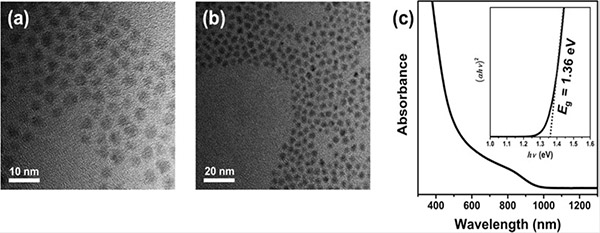주메뉴
- About IBS 연구원소개
-
Research Centers
연구단소개
- Research Outcomes
- Mathematics
- Physics
- Center for Theoretical Physics of the Universe(Particle Theory and Cosmology Group)
- Center for Theoretical Physics of the Universe(Cosmology, Gravity and Astroparticle Physics Group)
- Center for Exotic Nuclear Studies
- Center for Artificial Low Dimensional Electronic Systems
- Center for Underground Physics
- Center for Axion and Precision Physics Research
- Center for Theoretical Physics of Complex Systems
- Center for Quantum Nanoscience
- Center for Van der Waals Quantum Solids
- Chemistry
- Life Sciences
- Earth Science
- Interdisciplinary
- Institutes
- Korea Virus Research Institute
- News Center 뉴스 센터
- Career 인재초빙
- Living in Korea IBS School-UST
- IBS School 윤리경영


주메뉴
- About IBS
-
Research Centers
- Research Outcomes
- Mathematics
- Physics
- Center for Theoretical Physics of the Universe(Particle Theory and Cosmology Group)
- Center for Theoretical Physics of the Universe(Cosmology, Gravity and Astroparticle Physics Group)
- Center for Exotic Nuclear Studies
- Center for Artificial Low Dimensional Electronic Systems
- Center for Underground Physics
- Center for Axion and Precision Physics Research
- Center for Theoretical Physics of Complex Systems
- Center for Quantum Nanoscience
- Center for Van der Waals Quantum Solids
- Chemistry
- Life Sciences
- Earth Science
- Interdisciplinary
- Institutes
- Korea Virus Research Institute
- News Center
- Career
- Living in Korea
- IBS School
News Center
|
IBS create highly efficient, heavy metal free QD solar cells October 23, 2015 The Sun, a near perfect spherical ball of hot plasma, formed some 4.5 billion years ago and from its birth the Earth and our Solar System were created. Without nuclear fusion occurring in the belly of our star life would cease to exist. Everything we do is controlled by the sun and depends on it. For millions of years gazing upon the sun was as close as it got to staring into the face of God. Deep in its core the fusion of hydrogen atomic nuclei forms helium which powers the star’s furnace. Through this reaction millions of tons of matter are converted into energy every second of every day. We feel this energy in the form of heat and see it as light. This turbulent sea of incandescent gas is over 150 million kilometers from the earth and its energy takes 8 minutes to reach us. It accounts for over 99% of the total matter of our entire solar system and is by far the most important source of energy for life on Earth. Mankind, through science, has learned to harness the energy of the sun by converting solar radiation into electricity to power whole cities, heat houses and drive vehicles. Korean scientists from the Institute for Basic Science (IBS) and the Korea Institute of Science and Technology (KIST) have demonstrated an efficient method of converting this energy into electricity. The Center for Nanoparticle Research within IBS, headed by Director Taeghwan Hyeon, and Min Jae Ko from KIST have reported copper indium selenide (CISe) quantum dot (QD)-sensitized solar cell {QDSC} which was greatly enhanced by optimizing the thickness of zinc sulfide (ZnS) on the quantum dots sensitized titanium dioxide electrodes. ZnS is a typical wide band gap material and reduces carrier recombination that occurs in QDSC. Consequently the team’s best results yielded a conversion efficiency of 8.10% under standard solar illumination, a record high for heavy metal free QDs solar cells. Previous to the team’s finding, most of the highly efficient QD solar cells have employed a toxic heavy metal compound of cadmium and lead chalcogenide as a photosensitizer. By switching to the less toxic metal free compound of CISe, it could be possible to fabricate the QDSC that satisfies both the high conversion efficiency and environmental friendliness. The conversion efficiency of the produced QDSC is enhanced by about 40% when the thickness of the ZnS overlayer is increased to twice that of a conventional one. According to the team’s paper they state “the results exhibit a great advancement in technology and facilitate important insight into the development of highly efficient heavy-metal-free QD solar cells.” The paper, entitled, Highly Efficient Copper Indium Selenide Quantum Dot Solar Cells: Suppression of Carrier Recombination by Controlled ZnS Overlayers was published on the 2nd of October on the online issue of ACS Nano.
By Neil Mannix Notes for editors - References - Title of Paper - Media Contact - About the Institute for Basic Science (IBS)
|
| Next | |
|---|---|
| before |
- Content Manager
- Public Relations Team : Suh, William Insang 042-878-8137
- Last Update 2023-11-28 14:20














